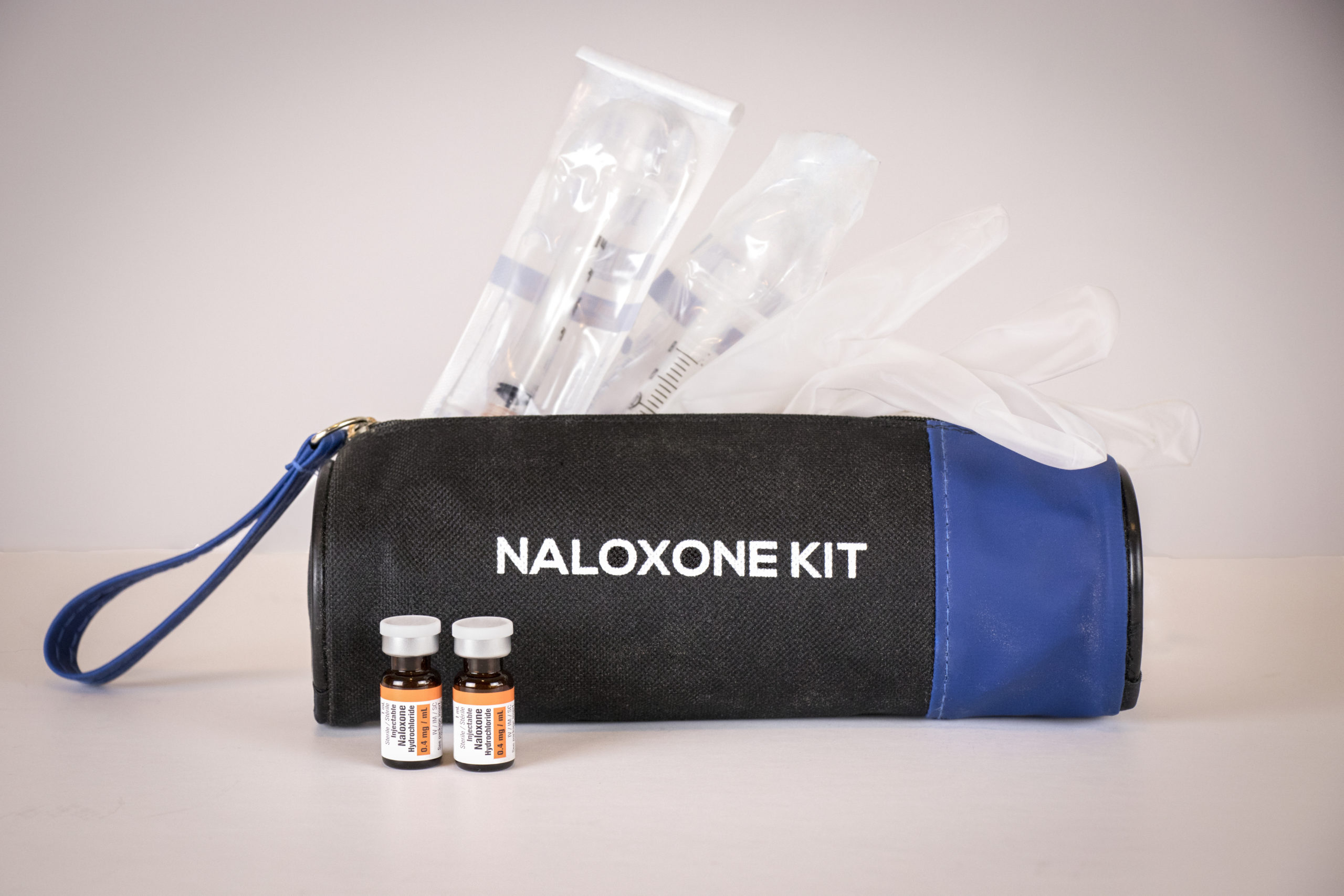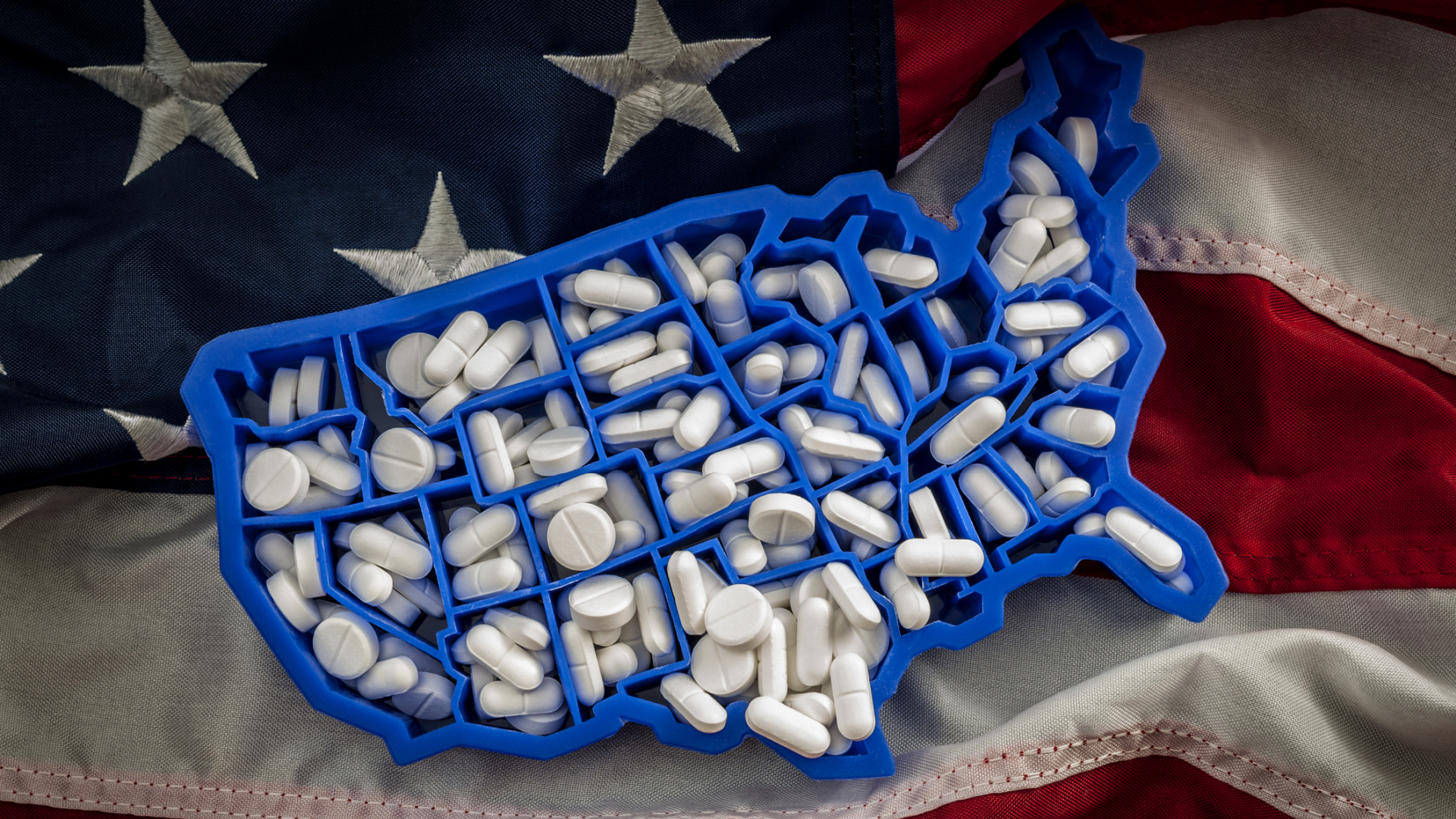Substance Use During Pregnancy and Family Care Plans
There are a number of expert recommendations regarding how to identify, work with, and treat pregnant and postpartum individuals with SUD to ensure the best outcomes for both parent and child. There are also legal requirements regarding notification to state child welfare agencies of infants born affected by prenatal substance exposure or experiencing withdrawal and the creation of family care plans (also known as plans of safe care). This fact sheet provides readers with an overview of those recommendations and requirements.intervention....










